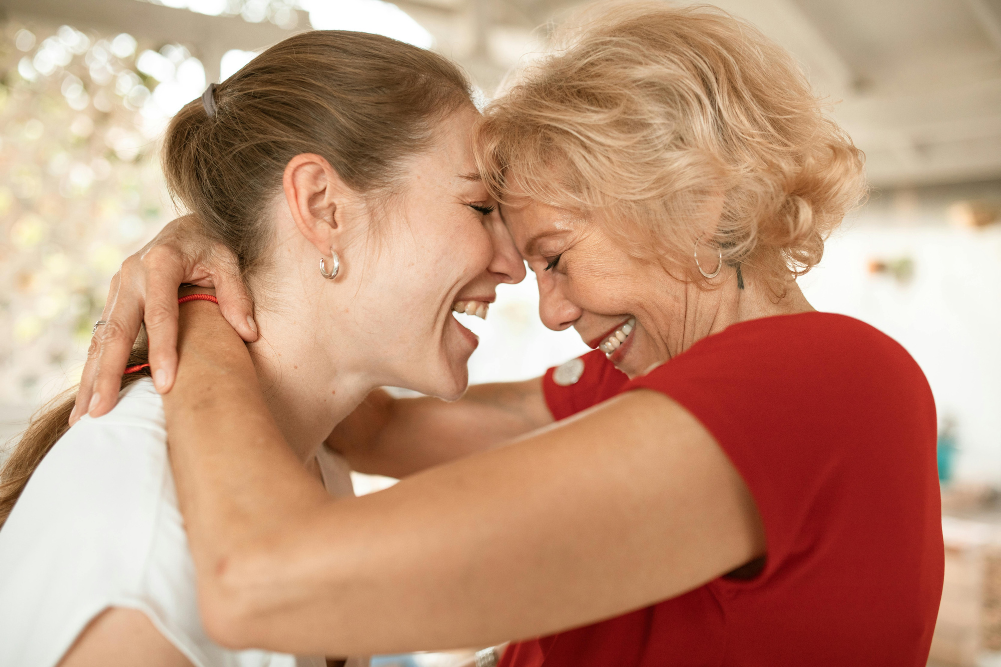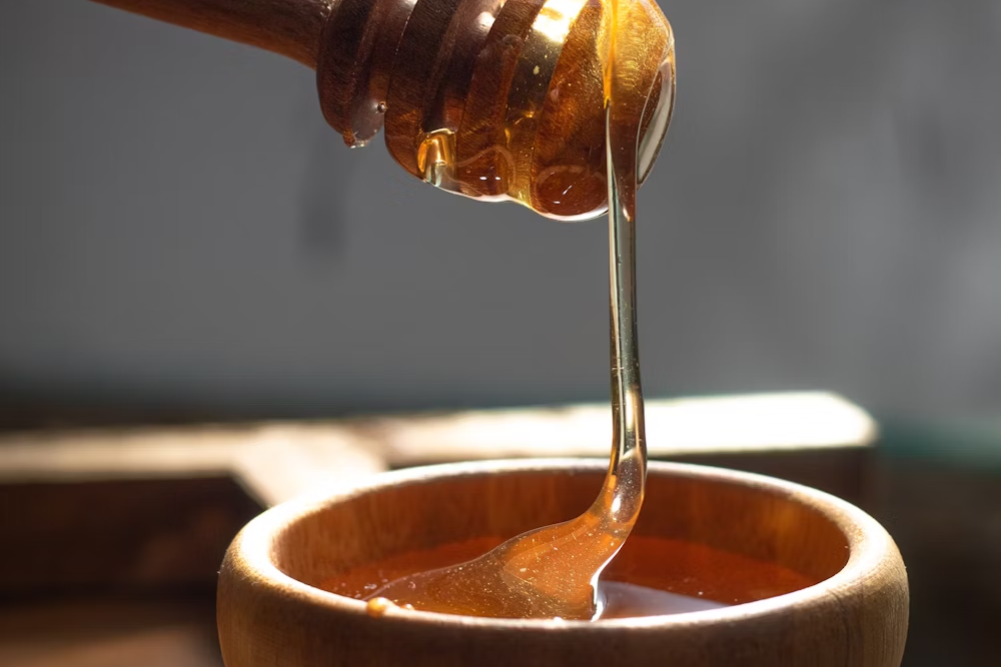Balancing effort and ease in your practice
Humans are cyclic in nature, which means we are constantly in a state of flux and our needs are ever-changing. Our yoga practice gives us a consistent platform in which to honour this malleability, support our flow of prana (energy, life force) and take the wisdom with us off the mat.
The qualities of yin and yang
Yoga Sutra 2.46, sthira sukham asanam, roughly translates to “a steady and comfortable seat” or “resolutely abide in a good space”. The meaning of sthira is “to be stable or firm, conscious, present and alert”, which is complementary to the meaning of sukham, “to be soft, at ease, relaxed, tranquil and comfortable”. While this Sutra was historically an instruction for your meditation seat, we can approach all of the yoga postures, even our practice as a whole, with this sentiment.
The dichotomy of sorts is a celebration of holding opposing qualities at once — expansive yet contractive, static yet dynamic, yin yet yang — a dance between effort and ease. “We complement the qualities of engagement with letting go … sthira and sukha form a state of equilibrium (sattva) that is without agitation (rajas) or inertia (tamas),” writes Deva Parnell, founder and director of Discovery Yoga Center.
Mindfulness and the breath
Mindfulness and the breath play such a vital role in harmonising our flow of prana and cultivating the aforementioned sattvic state. Author and yoga teacher Erich Schiffmann describes the breath as “the primary carrier of prana”. We need presence — an awareness of what’s happening within and around us — to be able to identify what we need. Mindfulness is a tool we strengthen in our practice and is one of the most valuable skills we can take with us off the mat. And when it comes to the breath, conscious breathing is the driving force behind finding effort and ease moment to moment, pose by pose.
We can use the power of our breath in so many different ways with the sthira-sukham philosophy in our practice. In a challenging pose, it may mean balancing an intense, contracted feeling in the body with calm, expansive breaths. When lying down in savasana or yoga nidra, we can awaken the mind and body with deep, diaphragmatic breathing to encourage a full oxygen exchange. Practising nadi shodana, a pranayama technique, will help balance the two main nadis (energy channels) in the body by equalising your yin and yang energies.
Embodying the philosophical teaching
On a broader level, oscillating between effort and ease in your practice is going to differ day to day, depending on factors inside and outside of your control. Taking the time to mindfully tune in to how you’re feeling is key to understanding and then catering to your needs. Perhaps you’re a new mother finding your feet with a new body, baby and practice that requires patience and compassion, with restorative yoga and yoga nidra offering you the support you need. Maybe you’re recovering from a mental or physical injury that has required you to approach your practice from a different, softer, lens, with meditation and yin yoga providing a haven for you to seek refuge. Or you might be looking to build strength in all layers of your being through a combination of strong asana and revitalising pranayama.
Regardless of how dynamic or static your practice is, we all have the opportunity in any moment to strike a balance between steadiness and ease. And when we approach our practice with this sense of presence and malleability, it deepens our capacity to be mindful and flexible off the mat.
Tips for balancing effort and ease in your practice
- Start or end your asana practice with meditation and/or pranayama. Conscious breathing can help settle you into your body before movement, but meditation and pranayama are also beneficial tools to incorporate after asana to deepen the effects of your practice — this explains their order in Patanjali’s eightfold path.
- If you’re practising at home, carve out time for savasana after asana, as this is the integration phase of your practice. (A similar thing can be said for the rebounds in between poses in a yin practice.) The space cultivated in savasana acts as the transition between the practice on your mat and the practice of everyday life.
- Be malleable with your practice. Have a range of different styles of yoga at your disposal, such as vinyasa, yin and restorative, as well as different pranayama and meditation techniques. Widening the container of your practice will help you cater to your different needs in any given moment.
Article Featured in WellBeing Yoga 8








